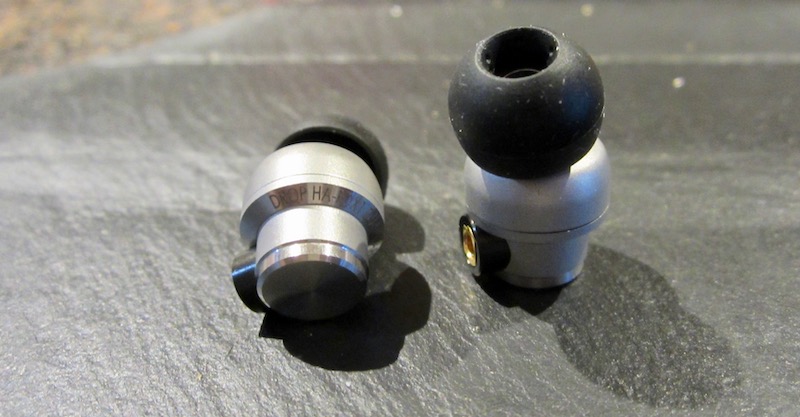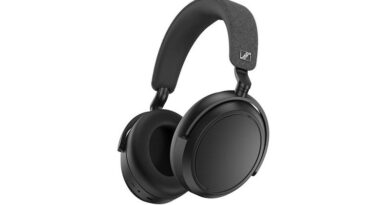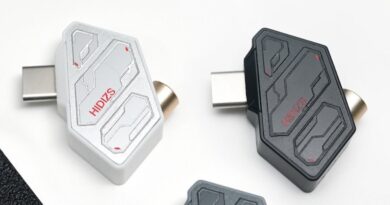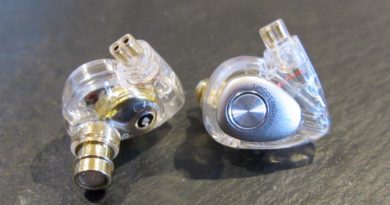JVC HA-FDX1 Review (2) – Where The PRAT At?
I have a tendency with headphones (as with wives and girlfriends) to formulate snap judgments, which I’m then forced to revise, for better or for worse, as time goes by. In the case of the JVC HA-FDX1, however, I’ve struggled through four months of lockdown-induced listening to get a firm handle on their sonic character.
They certainly are solidly built—heavy, with a supple, premium cable, although the design seems somewhat utilitarian for a $250 piece. Despite their considerable weight the JVC HA-FDX1 are very comfortable for extended sessions. Isolation is excellent. The steeply angled nozzles, however, make fit challenging, and these tend to shift around in my ears, which impacts perceived bass.
The JVC HA-FDX1 have been described, as “balanced plus,” which I infer means that the whole spectrum is emphasized equally, though I hear them more as a gentle reverse-V, with the upper mids being pushed slightly forward. (Note: these were tested with the stock black-sheathed filters). Tonality is slightly warm and note texture is rich and full-bodied and overall clarity is very good without being analytical. Soundstage is very wide and panoramic, albeit with limited depth, and stereo separation is notable. Imaging is also good, with precise instrument placement.
This is a very coherent phone, without odds peaks. Low end is well-articulated but restrained and lacking some depth and thump, although midbass is ample and big-sounding. Mids, as stated are quite prominent and energetic, which accentuates voices. Treble is smooth but compared to good hybrids not especially well-extended or hyper-detailed. Transients are reproduced accurately, but some snap and sizzle is lacking on cymbals and piano keys.
These seem to be engineered for accuracy and refinement, as opposed to energy—they have a more natural tonality than something like the peaky Ibasso IT03 or even JVC’s bass-monster FW01. (The single-DD FDX1 actually has a similar presentation as the all-BA Logitech UE900S—slightly warm, smooth and coherent, without undue emphasis on the highs or lows, however the UE900S has more sizzle and microdetail). That said, I could not seem to get my toes tapping to these—there’s an overall lack of drive despite the rich note texture. In contrast, something the Moondrop KPE or the BQEYZ Spring may fall short on the technicals (tightness, coherence, evenness of FR), but are a more engaging listen.
Disclaimer: Borrowed from Durwood, who opined that he was not overanxious to get ‘em back. Tuning filter used the “blue” filter (which was the “green” filter on Jürgen’s specimen). It is the filter with the middle dampening.
Our generic standard disclaimer.

You find an INDEX of all our earphone reviews HERE.
You find an INDEX of our most relevant technical articles HERE.










